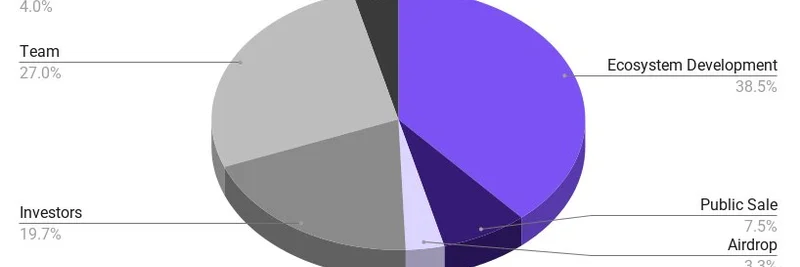Hey there, fellow meme enthusiasts and blockchain buffs! If you're knee-deep in the world of Solana meme tokens, you've probably felt the sting of high transaction costs during those wild pumps. Well, buckle up because a recent tweet from @buffalu__ has sparked some buzz, humorously dubbing the latest token innovation as "spl-token-25." But what's really cooking here? Let's dive into the details of Solana's new P-Token program and why it could be a big win for the meme token scene.
The Tweet That Started It All
It all kicked off with a quote tweet from @buffalu__, a dev at Jito Labs, responding to an announcement from security firm Neodyme. Neodyme shared that they've wrapped up their audit of P-Token, Solana's fresh take on token programs built using Pinocchio. The original post highlights impressive savings in Compute Units (CU)—those pesky resources that determine how much your Solana transactions cost in terms of processing power.
@buffalu__'s cheeky "spl-token-25" label is a nod to Solana's evolving token standards. Remember SPL Token from the early days, followed by Token-2022 with its fancy extensions? Now, in 2025, this new iteration feels like the next logical (and numerically fitting) step. It's a lighthearted jab at the rapid pace of innovation in the ecosystem, but the underlying tech is no joke.
What Is P-Token, Anyway?
P-Token isn't just another buzzword—it's a proof-of-concept reimplementation of the classic SPL Token program, supercharged with Pinocchio. Pinocchio is an optimized library that enables "zero-copy" data structures on Solana. In simple terms, zero-copy means the program can read and write data without duplicating it in memory, which saves a ton of compute resources.
Developed by Anza (a key player in Solana's development), P-Token aims to make token operations way more efficient. According to reports, it could boost transaction efficiency by up to 19 times compared to the old-school token programs. That's huge for anyone launching or trading meme tokens, where speed and low fees are everything.
For the non-techies: Compute Units are like gas on Ethereum—they measure how much computational effort a transaction requires. Lower CU usage translates to cheaper transactions, especially during network congestion when meme tokens are mooning.
The Neodyme Audit: Key Takeaways
Neodyme, a top-tier audit firm specializing in Solana security, gave P-Token a thorough once-over. Their findings? No major issues, and the program lives up to its promise of massive CU savings. One standout stat from related discussions: potential savings of 9 trillion CU when benchmarked against the original token program. That's not a typo—trillions!
They also confirmed no mismatches in account data, meaning P-Token behaves just like the tried-and-true SPL Token but with a fraction of the overhead. This audit is crucial because it builds trust—after all, in the wild west of crypto, security audits are your best defense against exploits that could tank a meme token's value overnight.
You can check out the full audit details and benchmarks on Neodyme's original thread or dive into the code on GitHub.
Why This Matters for Meme Tokens
Meme tokens thrive on Solana because of its speed and low costs, but during hype cycles, fees can spike. P-Token could change the game by making it easier and cheaper to create, transfer, and swap memes. Imagine launching the next viral cat coin without burning through your SOL on compute fees.
This efficiency boost aligns perfectly with the meme culture—fast, furious, and frugal. It could attract more devs to build meme-related dApps, like automated trading bots or community-driven launchpads, all running smoother on Solana.
Plus, with Solana's ecosystem already buzzing with projects like Pump.fun and countless dog-themed tokens, innovations like P-Token keep the chain competitive against rivals like Base or Tron, where memes are also exploding.
Looking Ahead: Adoption and Potential Hiccups
While the audit is promising, P-Token is still in the proof-of-concept stage. Widespread adoption will depend on how seamlessly it integrates with existing wallets, DEXs, and tools. If it catches on, we might see "spl-token-25" become more than a meme—perhaps the new standard for efficient token handling.
Keep an eye on updates from Anza and Solana Labs. In the meantime, if you're a builder, why not experiment with Pinocchio? Resources like the School of Solana YouTube series offer great intros to getting started.
What do you think—will P-Token supercharge the next wave of Solana memes? Drop your thoughts in the comments, and stay tuned to Meme Insider for more scoops on the latest in token tech!



